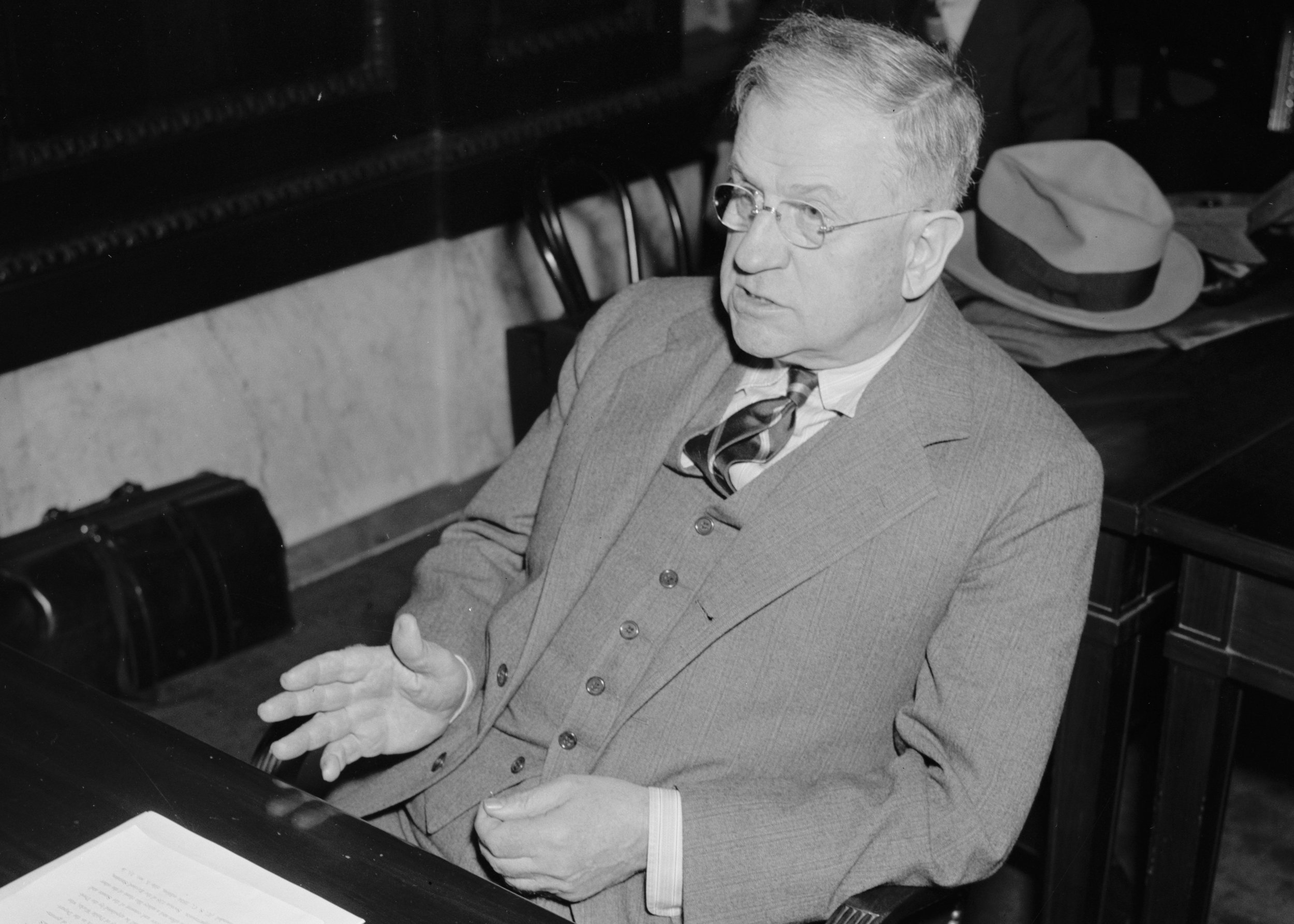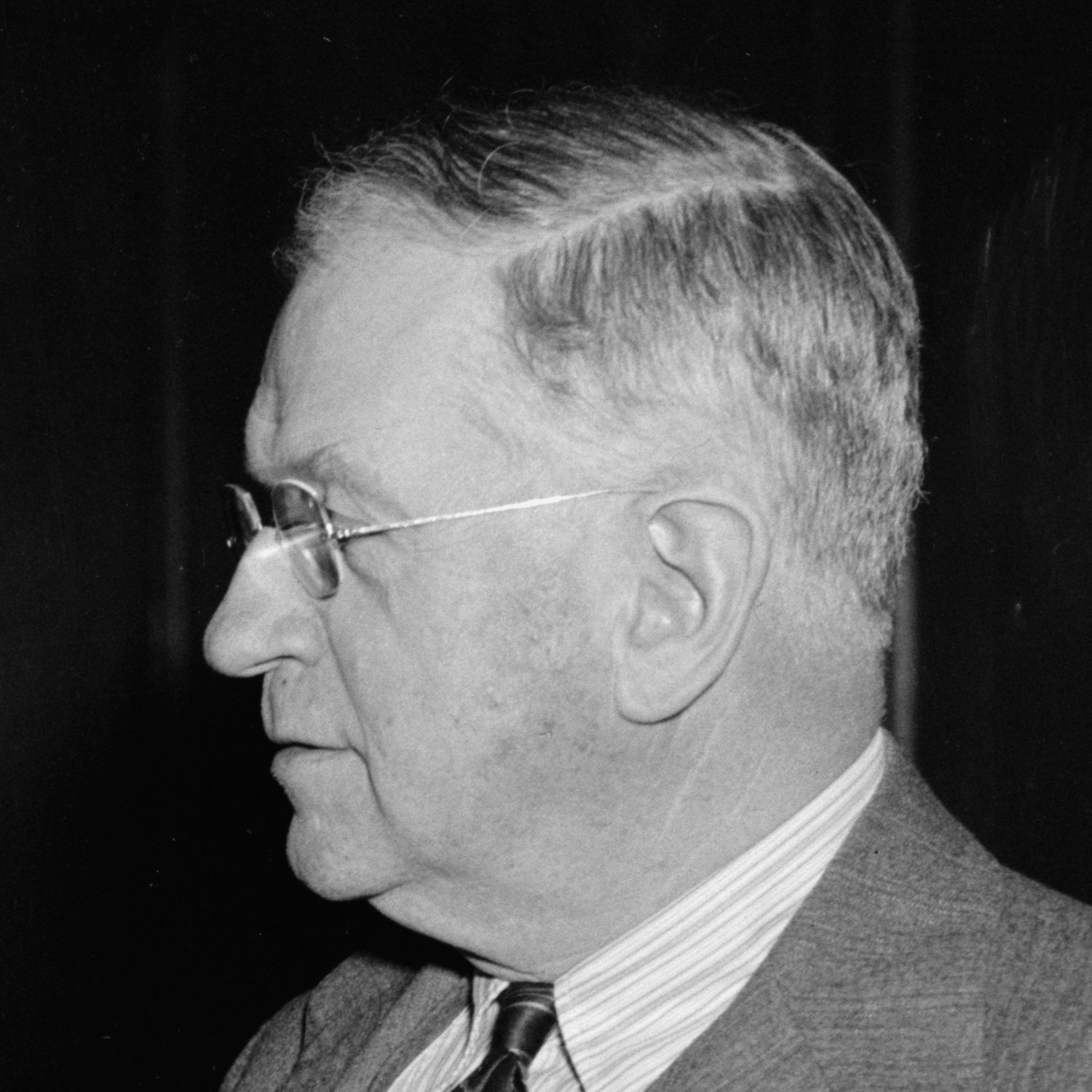The Do-Nothing Discipline from The Baffler.
The author of the piece is a raging douchebag, so I don’t recommend it. He’s a sarcastic jerk who imputes all sorts of motivations and methods onto President Obama based on no evidence whatsoever. And he seems to think predictive models based on polls are fine, which is wrong. But the piece caught my eye as getting down to the massively unempirical nature of predictive models of political science (skip down to the last quoted section for the good stuff).
The best-known fundamentalist model is the brainchild of Douglas Hibbs, whose globe-trotting academic career includes stints at Harvard University, Sweden’s University of Gothenburg, Addis Ababa University, and the Sorbonne. His model considers two variables: “weighted-average growth of per capita real disposable personal income over the term” (i.e., personal income) and “cumulative US military fatalities (scaled to population) owing to unprovoked, hostile deployments of American armed forces in foreign wars” (i.e., non-necessary American military deaths). The model is called “Bread and Peace.” Nate Silver has called it the “best of its kind.”
That’s the basic idea of all of these models. He goes on to talk about their popularity with political journalists.
Beginning around 2010, models like these came to exert an almost mystical fascination for a certain sort of more-sophisticated-than-thou journalist. Vox maestro Ezra Klein, the wunderkind blogger-turned-journalist-turned-media-entrepreneur was prototypical. “For decades now,” he enthused that summer when he was manning the policy desk at the Washington Post’s web operation, “political scientists have been building election models that attempt to predict who will win in November without making any reference to candidates or campaigns. They can get within two points of the final vote, and they don’t need to know anything about the ads and the gaffes and the ground games. All they really need to know about is the economy.” Paul Krugman delivered a similar hosanna chorus a week later: “What political scientists, as opposed to pundits, tell us is that it really is the economy, stupid.”
Finally, he gets to the good part: you should not be allowed to do what these people do and have a job in academia. It is bonkers that these people are paid with our money:
The very assumptions underlying the claims of the fundamentalists wouldn’t pass muster in any Introduction to Statistics in the first place. As any freshman stats student should be able to tell you, a data analysis can’t be reliable with a robust number of apples-to-apples units of analysis—the “small N” problem. Even Wikipedia says as much: “For example: a study where countries are the unit of analysis is limited in that are only a limited number of countries in the world (less than 200), less than necessary for some (probabilistic) statistical techniques.”
Two hundred! A lot of these models seeking to predict future presidential election are based upon evidence from less than a dozen past ones—elections that radically differ from one another in the most fundamental ways. Take, for instance, the presidential election of 1976. Back then, an insurgent outsider Democratic nominee, Jimmy Carter, beat the accidental presidential incumbent Gerald Ford, the beneficiary of two major and unprecedented resignations from the Republican executive branch. In order to compare that presidential contest with the dramatically outlying 2016 balloting in an apples-to-apples way, you have to believe a lot of massive changes either didn’t matter or were somehow already baked into the model-makers’ formulae. Start with some demographic data: the 1976 electorate was believed to have been 89 percent white and 1 percent Hispanic, quite unlike 2016. In 1976, both parties contained liberals and conservatives and the party system in the United States was experiencing new convulsions. The once-exclusively Democratic South had lately trended Republican—but that process was now scrambled by the first major party nominee from the deep South in more than a century. In 1976, cable news was a non-factor, let alone the emergence of post-cable media demographics like “cord cutters.” Mobile phones, social media, and online organizing were decades off, as was “fake news” in its many head-spinning iterations. And so on.


